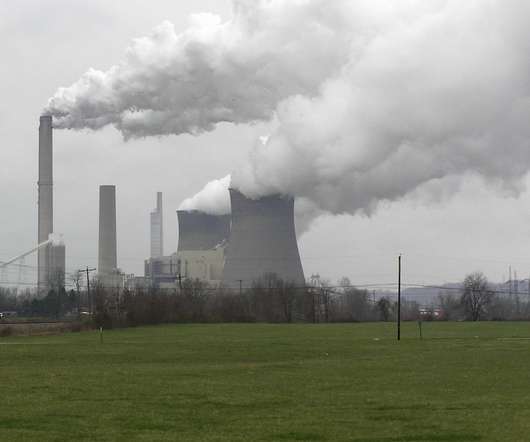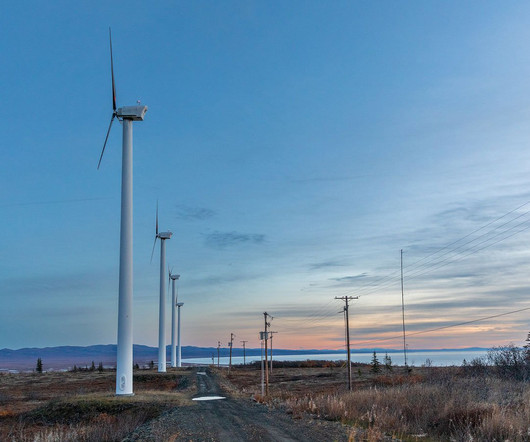Ask a Scientist: Two Dozen States Can Meet 100 Percent of Electricity Demand with Renewables by 2035
Union of Concerned Scientists
MAY 12, 2022
Nearly all of the alliance members have a renewable electricity standard (RES), which requires utilities in their jurisdiction to increase their use of renewable energy to a particular percentage by a specific year. We found that states have technically feasible and highly beneficial ways to achieve 100-percent renewable energy.



















Let's personalize your content